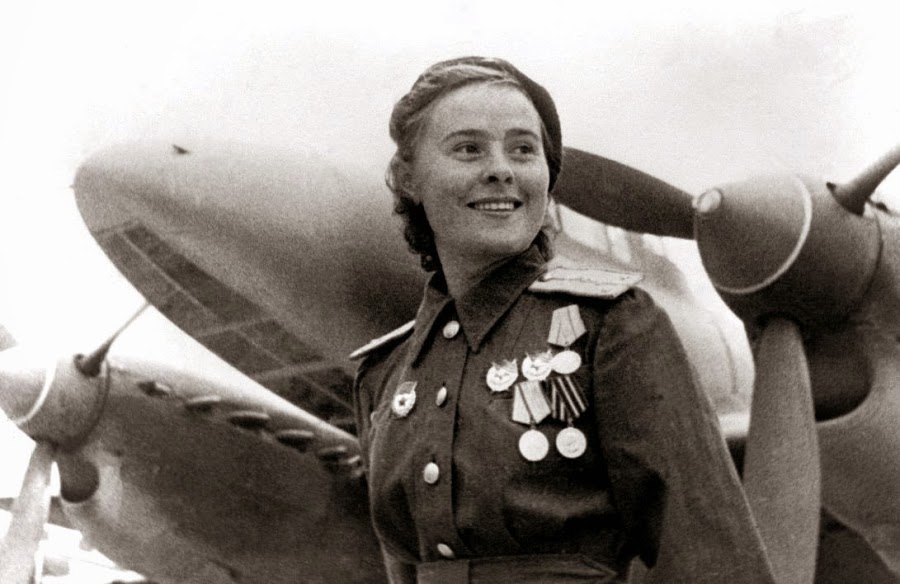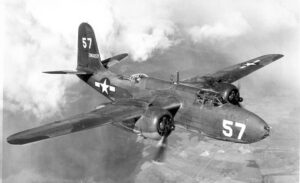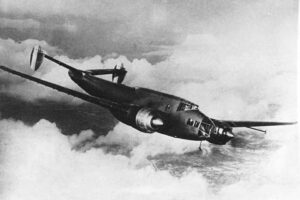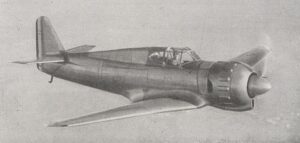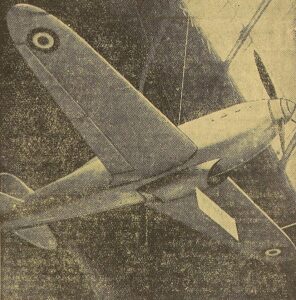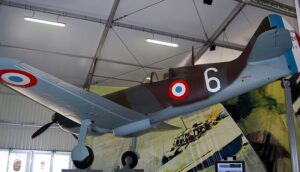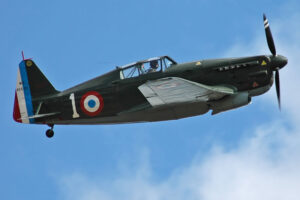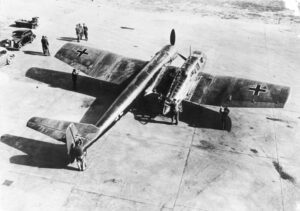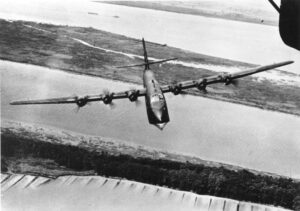The term “fighter ace” originated during World War I, when it was first used to describe pilots who had shot down five or more enemy aircraft. In fact, it was a French newspaper that christened Adolphe Pégoud as l’as after he had downed several German aircraft.
Being a fighter ace was a significant achievement during wartime, and it was often accompanied by accolades and awards, such as the Medal of Honor or the Victoria Cross. Fighter aces were also celebrated as heroes by the public, and their exploits were often reported in the media. Overall, being a fighter ace was a prestigious accomplishment that required exceptional skill, bravery, and a bit of luck.
What is a Fighter Ace?
A fighter ace is a military aviator who has achieved several aerial victories in combat. To be considered a fighter ace, a pilot must have shot down a number of enemy aircraft during an aerial battle.
According to the 1965 book Fighter Aces, by Trevor Constable and Raymond Toliver, the British and the Americans never fully accepted the term Ace – mostly because achieving ten aerial victories seemed relatively far-fetched during World War I. The rules for achieving Ace status have, in fact, changed over time (for example, downing an aircraft could be counted as one victory in WW1, but a fraction in WW2 and the Korean War – as each flyer that had contributed to the victory got a fraction). TThe US Navy has actually never compiled or issued a list of aces.
How Many Victories Were Required to Become a Fighter Ace?
Aerial combat provided an opportunity for acts of bravery. Unfortunately, the lives of fighter aces were usually cut short, something that, in turn, fueled their status as martyrs.
The exact number required to earn the title of ace varied by country and conflict. For example, during WWI, the British required five victories, while the Germans required ten. In the Second World War, the number required varied between five and 40, depending on the country.
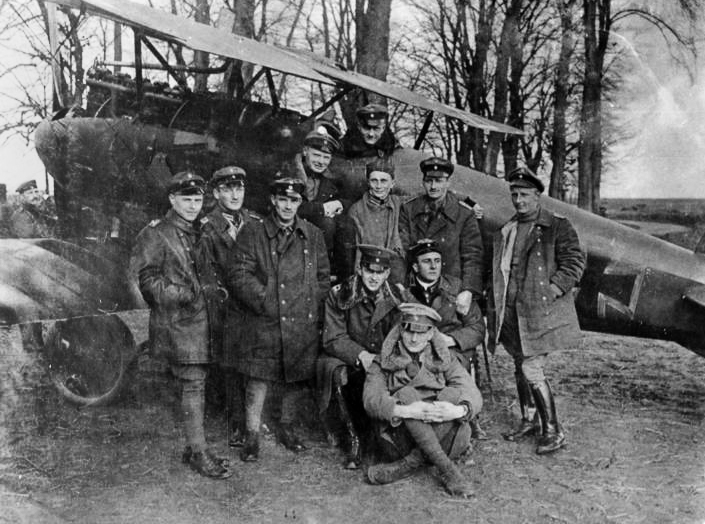
Fighter Aces of WW1
There were a total of around 800 fighter aces from all sides in World War I. This includes pilots from various countries, including Germany, Britain, France, Italy, and the United States.
The top fighter aces of WWI were:
- Manfred von Richthofen – Germany – 80 confirmed victories
- Ernst Udet – Germany – 62 confirmed victories
- Eddie Rickenbacker – United States – 26 confirmed victories
- William “Billy” Bishop – Canada – 72 confirmed victories
- René Fonck – France – 75 confirmed victories
- Francesco Baracca – Italy – 34 confirmed victories
- Georges Guynemer – France – 54 confirmed victories
- Werner Voss – Germany – 48 confirmed victories
- Albert Ball – United Kingdom – 44 confirmed victories
- Oswald Boelcke – Germany – 40 confirmed victories
Fighter Aces of WW2
There were a total of around 1,300 fighter aces from all sides in World War II. This includes people from Germany, Japan, the Soviet Union, the United States, and the United Kingdom. The exact number of fighter aces from each country varies depending on their individual criteria for achieving the title of ace.
For example, Germany had the highest number of aces with around 500, while the Soviet Union had around 270 and the United States had around 60. The reason for this difference was, mainly, that the Germans and the Soviets participated in many ore battled during the time.
The top fighter aces of World War II were:
- Erich Hartmann – Germany – 352 confirmed victories
- Gerhard Barkhorn – Germany – 301 confirmed victories
- Günther Rall – Germany – 275 confirmed victories
- Hans-Joachim Marseille – Germany – 158 confirmed victories
- Adolf Galland – Germany – 104 confirmed victories
- Johnnie Johnson – United Kingdom – 38 confirmed victories
- Richard Bong – United States – 40 confirmed victories
- Hiroyoshi Nishizawa – Japan – 87 confirmed victories
- Saburo Sakai – Japan – 64 confirmed victories
- Ivan Kozhedub – Soviet Union – 62 confirmed victories

